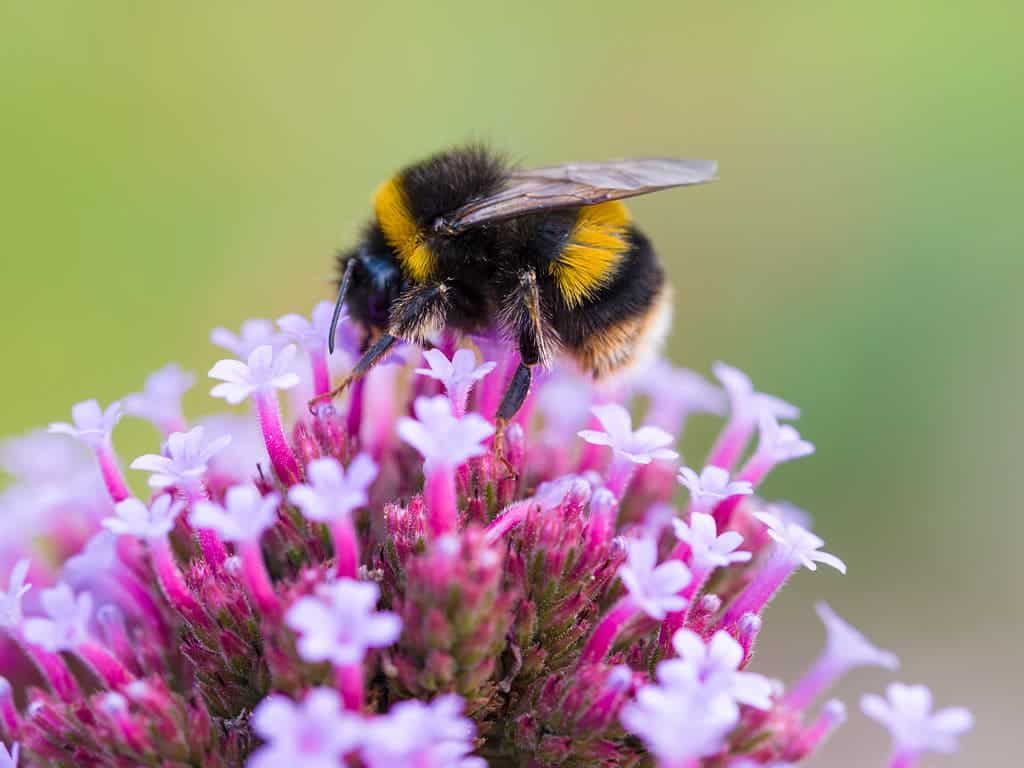Insects are crucial to life on our planet, as they keep pest species under control, pollinate many major crops like fruits and break down dead material to release nutrients into the soil. However, their numbers are currently in steep decline, having plunged by half in the most impacted parts of the world, a new study found.

Studies have been warning over the years about the decline of insect numbers and the implications this would have on food security and human livelihoods. But while some areas have been well studied, there are gaps in the knowledge about the scale and nature of insect declines in other parts of the world. Most studies are focused on the planet’s temperate regions, especially North America and Europe, and there have been doubts that the trends in those area are representative for the entire planet.
With this in mind, UK researchers carried out one of the largest assessments of insect biodiversity change ever done. They analyzed about three-quarters of a million samples from around 6,000 sites for nearly 20,000 different species. They compared insect biodiversity in different areas, considering emissions and agriculture intensity.
“Many insects appear to be very vulnerable to human pressures, which is concerning as climate change worsens and agricultural areas continue to expand. Our findings highlight the urgency of actions to preserve natural habitats, slow the expansion of high-intensity agriculture, and cut emissions,” Charlie Outhwaite, lead author, said in a statement.
A twin threat
The researchers found that insects are facing an “unprecedented” threat due to climate change and habitat loss. For the first time, they were able to incorporate the interaction between the two phenomena in their global biodiversity modeling. These INSIGHTS revealed insect declines are greatest in farmland areas within tropical countries.
Areas with high-intensity agriculture and significant climate warning had a 49% lower number of insects than in natural habitats with no recorded climate warming, while the number of different species was 29% lower. The study also found that having natural habitat buffered the losses, especially in areas with low-intensity agriculture.
The researchers argue that insect declines because of human influences could be even larger than their finding suggests. This is because areas with a long record of human impacts could have already seen biodiversity losses before the start of the study period. Also, the study didn’t consider the effect of other drivers, such as pollution.
“The environmental harms of high-intensity agriculture present a tricky challenge as we try to keep up with food demands of a growing population,” Tim Newbold, senior autor, said in a statement. “Careful management of agricultural areas, such as preserving natural habitats near farmland, may help to ensure that vital insects can still thrive.”
The researchers argued governments and public and private organizations should consider more the impact of their actions on insects. This ranges from ensuring products aren’t sourced from areas linked with high deforestation rates to considering biodiversity in trade policies and agreements. We, as individuals, can also take positive action, for instance by reducing the amount of pesticides in our diet, opting for sustainable products, and supporting eco-friendly policy.
The study was published in the journal Nature.


